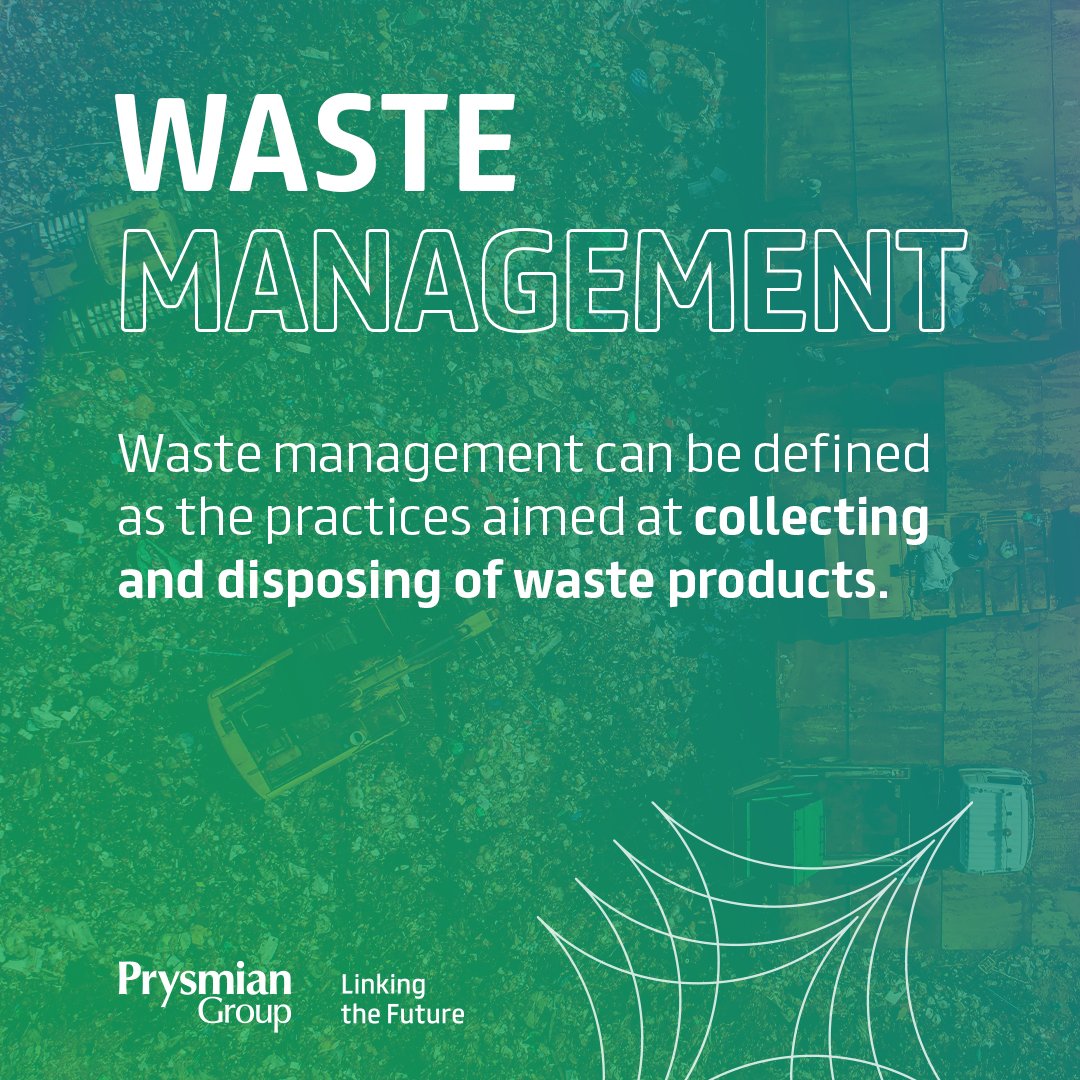The Ultimate Guide To Reclaim Waste
The Ultimate Guide To Reclaim Waste
Blog Article
The Ultimate Guide To Reclaim Waste
Table of ContentsReclaim Waste Can Be Fun For EveryoneSome Known Facts About Reclaim Waste.The Buzz on Reclaim WasteGetting My Reclaim Waste To WorkReclaim Waste - Truths
Discover the types, occurrences, and kinds of liquid waste. Domestic sewer waste refers to the waste and items from a household septic storage tank. This kind of waste is produced by humans in residences, institutions, and other structures. This only includes septic systems that have a drainpipe area. The appropriate administration and disposal of domestic sewage waste require liquid waste to be moved to a sewage treatment plant where the correct techniques and tools are put on purify and get rid of waste.
Industrial waste usually includes possible hazards, such as combustible materials or a blend of fluid and solid waste items, and calls for a more innovative and comprehensive disposal process. The disposal of business waste normally entails the filtration of waste before transport to make sure risk-free and correct disposal. Industrial waste is created from byproducts and overflow of commercial procedures and manufacturing.
This kind of waste can not use the same sewer management transportation or procedures as septic or business fluids. The industrial waste administration process needs the evaluation and screening of fluid waste prior to it undergoes the disposal process (liquid waste removal melbourne). Overflow waste is the fluid waste that originates from drainage and excess stormwater in highly populated areas or cities
Runoff waste can trigger contamination and flooding otherwise taken care of properly. Discover a lot more regarding drain cleansing and waste monitoring. Making certain correct waste administration can stop catastrophes and minimize environmental harm. Both individuals in domestic settings and professionals in commercial or manufacturing sectors can take advantage of recognizing the procedures and laws of fluid waste monitoring.
The 7-Second Trick For Reclaim Waste
Contact PROS Solutions today to find out about our waste administration and disposal services and the appropriate means to look after the fluid waste you create.
(https://www.twitch.tv/reclaimwaste1/about)This so-called 'wastewater' is not only a crucial source yet, after therapy, will certainly be launched to our land, waterways or the sea. Utilized water from toilets, showers, bathrooms, cooking area sinks, washings and commercial processes is understood as wastewater.

water used to cool down machinery or clean plant and equipment). Stormwater, a kind of wastewater, is drainage that moves from agricultural and urban areas such as roofing systems, parks, yards, roadways, paths and rain gutters into stormwater drains, after rainfall. Stormwater streams unattended directly to regional creeks or rivers, eventually reaching the sea.
Some Ideas on Reclaim Waste You Should Know
In Queensland, many wastewater is treated at sewage treatment plants. Wastewater is delivered from residential or commercial sites with a system of drains and pump stations, understood as sewage reticulation, to a sewer treatment plant.
The Department of Natural Resources recommends city governments concerning handling, operating and preserving sewage systems and therapy plants. In unsewered areas, city governments may call for owners to install specific or family sewer treatment systems to deal with domestic wastewater from bathrooms, kitchen areas, restrooms and washings. The Division of Natural Resources authorises the usage of household systems when they are confirmed to be efficient.
A lot of stormwater receives no therapy. In some new neighborhoods, therapy of some stormwater to eliminate trash, sand and gravel has started utilizing gross pollutant traps. Wastewater treatment takes place in four stages: Eliminates strong matter. Larger solids, such as plastics and various other items mistakenly discharged to sewage systems, are eliminated when wastewater is gone through displays.
Utilizes small living microorganisms recognizes as micro-organisms to break down and eliminate continuing to be liquified wastes and fine bits. Micro-organisms and wastes are included in the sludge.
The Best Guide To Reclaim Waste
Nutrient removal is not offered at all sewage therapy plants due to the fact that it needs expensive specialized tools. It is coming to be much more usual in Queensland. Clear liquid effluent generated after treatment may still include disease-causing micro-organisms. If this effluent is launched right into waterways such as rivers or the sea, the micro-organisms will at some point pass away out.

Many wastewater moves right into the sewerage system. Under the Act, neighborhood governments carry out authorizations and licences for eco appropriate activities (Periods) involving wastewater launches that may have a neighborhood effect.
5 Easy Facts About Reclaim Waste Explained
Otherwise, examples are taken for lab evaluation. Typically several examinations are required to establish the levels of each of the various toxins such as oils, heavy metals and pesticides in water. Tracking supplies valid information about water quality and can verify that permit problems are being met. The information obtained with tracking offers the basis for making water high quality choices.
Report this page